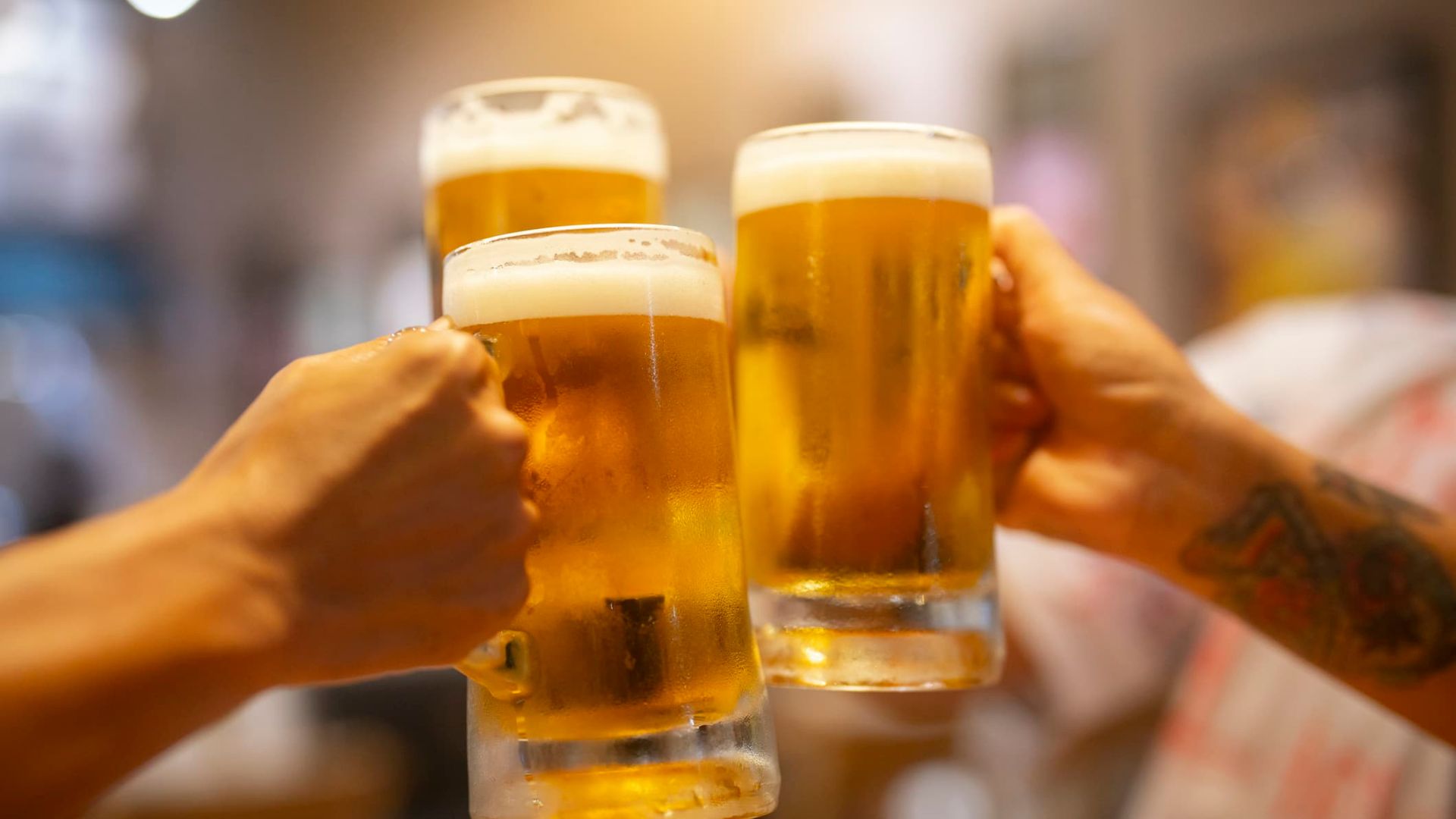Brewing strong beers with lots of alcohol can be tough, but it’s worth it! When brewing high-alcohol beers, it’s important to start with a solid recipe. Choose ingredients carefully, including extra malt and hops to balance the stronger flavours. Pay close attention to fermentation temperatures and yeast selection, as these factors greatly influence alcohol content and flavour development. In this guide, we’ll give you some great tips to help you make tasty high-alcohol beers right at home.
Understanding High-Alcohol Beers
High-alcohol beers, also known as strong ales, have a higher alcohol content than standard beers. They typically have an alcohol by volume (ABV) of 8% or higher. These beers often have intense flavours and a warming alcohol sensation.

Choosing the Right Ingredients
Selecting the right ingredients is crucial when brewing high-alcohol beers. Use high-quality malt extracts or grains with a high fermentable sugar content to achieve a higher alcohol content. Consider adding adjuncts like honey or Belgian candi sugar to boost fermentability and add complexity to your beer.
Managing Fermentation
Managing fermentation is key to brewing these beers successfully. Use a yeast strain that can tolerate high alcohol levels, such as champagne yeast or high-gravity ale yeast. Pitch an adequate amount of yeast and provide proper oxygenation to ensure a healthy fermentation process.
Controlling Fermentation Temperature
Maintaining the right fermentation temperature is essential when brewing high-alcohol beers. Keep the fermentation temperature stable within the optimal range for your yeast strain to prevent off-flavours and ensure complete fermentation. Consider using a temperature-controlled fermentation chamber for precise temperature control.
Monitoring Gravity
Monitoring the specific gravity of your beer throughout the fermentation process is crucial for brewing high-alcohol beers. Use a hydrometer or refractometer to track the progress of fermentation and ensure that your beer reaches the desired final gravity. This will help you avoid under-attenuation and achieve the intended alcohol content.
Extended Aging
High-alcohol beers benefit from extended ageing to allow flavours to mature and mellow. Consider ageing your beer in secondary fermentation for several weeks to several months to develop complex flavours and smooth out harsh alcohol notes. Be patient and allow your beer to age gracefully before bottling or kegging.
Bottling and Carbonation
When bottling high-alcohol beers, pay extra attention to carbonation levels. High-alcohol beers may require longer conditioning times to carbonate properly due to the higher alcohol content. Prime your bottles with the appropriate amount of priming sugar and allow sufficient time for carbonation to develop.
Serving and Enjoying
When it’s time to drink your strong beers, use tulip glasses or snifters. These glasses help trap the smell, so you can enjoy the full aroma. Take your time drinking them slowly and be responsible. This way, you can fully enjoy all the different flavours of the beer.
Preparing Your Equipment
Before starting your high-alcohol brew, ensure your equipment is clean and sanitized thoroughly. High-alcohol environments can encourage the growth of unwanted bacteria and yeast strains. Use a good-quality sanitiser to clean your brewing equipment and fermenters to prevent contamination.
Oxygen Management
High-alcohol environments can be harsh on yeast, and oxygen management becomes even more critical. Limiting oxygen exposure during the brewing process helps prevent oxidation, which can lead to off-flavours and a loss of freshness in your beer. Consider using oxygen-absorbing caps or purging fermenters with CO2 to minimize oxygen contact.
Yeast Nutrients
Yeast needs proper nutrition to thrive in high-alcohol environments. Consider adding yeast nutrients or energizers to your wort to ensure healthy yeast growth and fermentation. These supplements provide essential nutrients like nitrogen, vitamins, and minerals that yeast needs to ferment efficiently, especially in high-gravity worts.
Conclusion
Brewing high-alcohol beers requires careful attention to ingredients, fermentation, and ageing processes. By following these top tips, you can brew delicious high-alcohol beers that showcase complex flavours and aromas. So gather your ingredients, monitor your fermentation, and enjoy the rewarding experience of brewing and savouring your high-alcohol beers!
